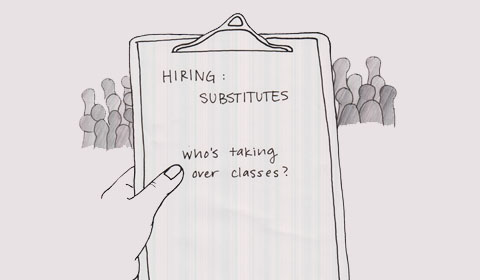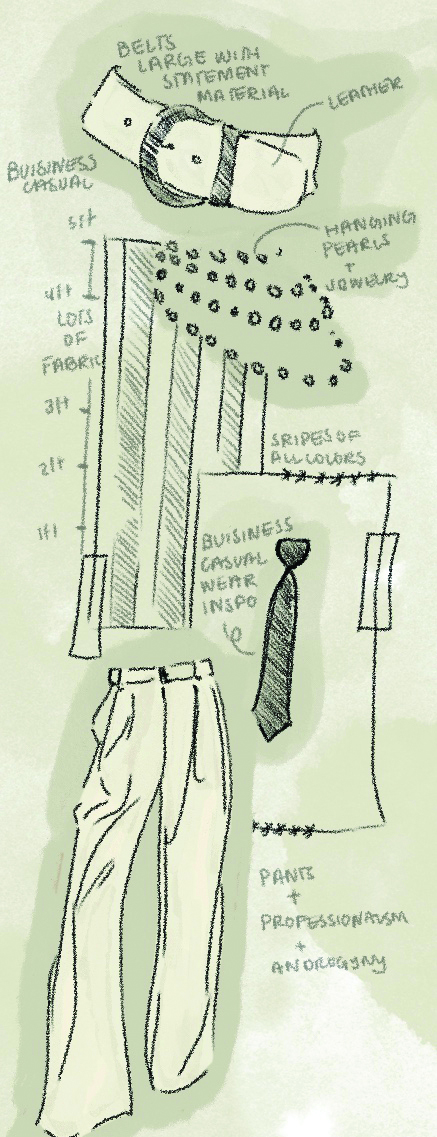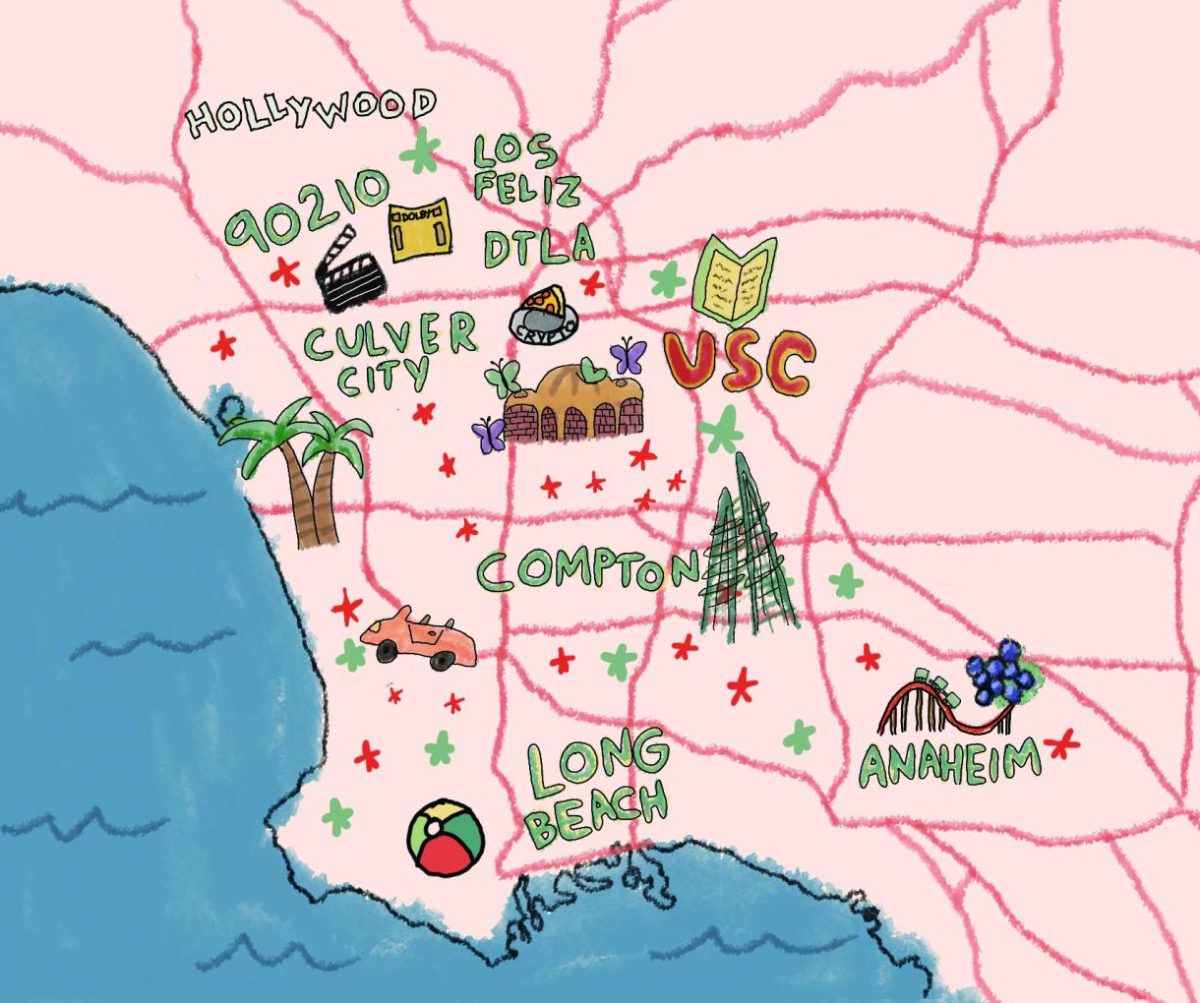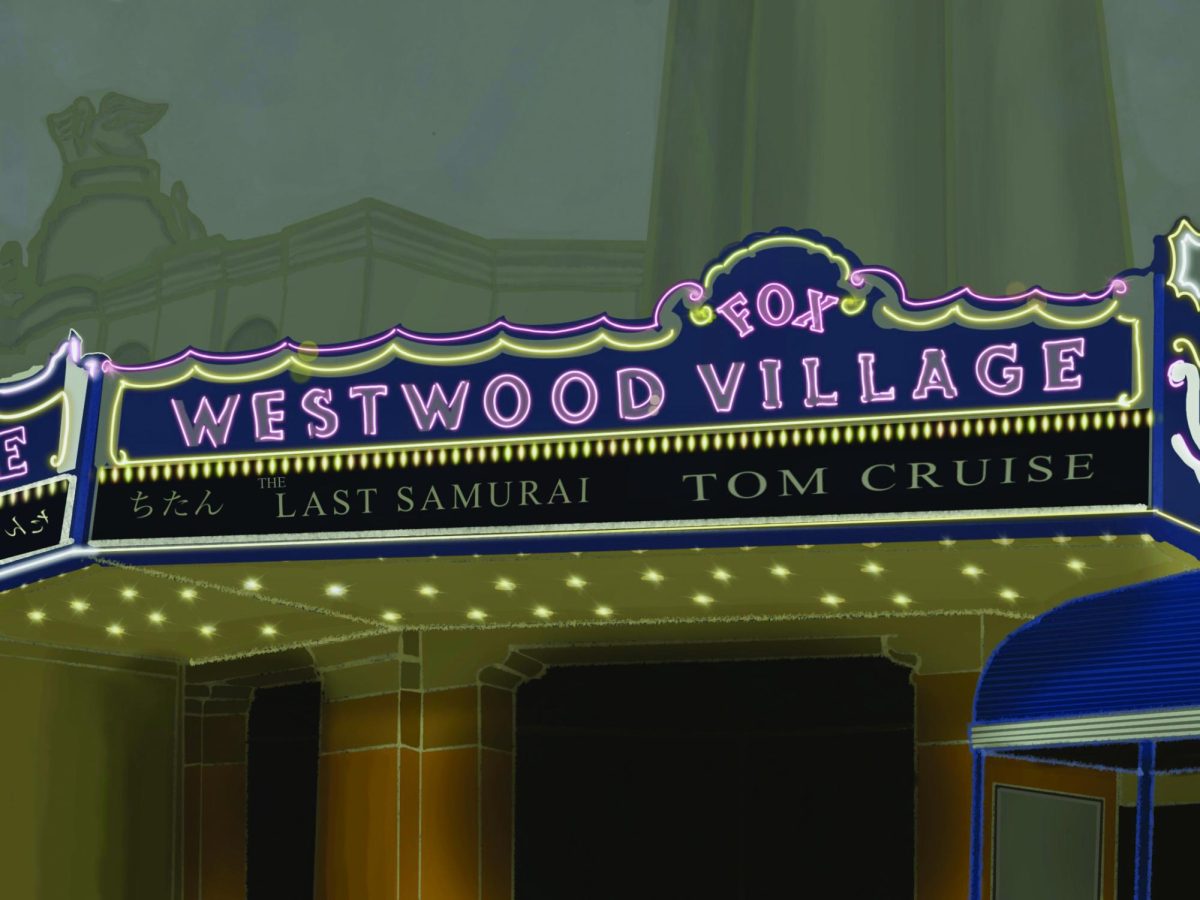
On Nov. 1, English instructor Jessica Chaintreuil left for a four-month maternity leave, leaving English instructors Deborah Banner, Edward Miller, and the newly hired substitute Katherine Friedman to cover her 7th and 10th grade classes until Chaintreuil returns in the spring. Chaintreuil spent the weeks leading up to her departure getting Banner, Miller, and Friedman up to speed with her curriculum. But, just what kind of preparation is needed to teach at Marlborough?
Taking over for a teacher on maternity leave requires considerable preparation. In 2009, English instructor Brett Quimby began his Marlborough career as a maternity leave substitute, teaching four of history instructor Andrea Drobnick’s classes and one of history instructor Helen Mendoza’s classes while both Drobnick and Mendoza were on maternity leave at the same time. He then took over three of former English instructor Amy Walia-Fazio’s English classes.
Because he was subbing for three teachers on maternity leave, Quimby was able to prepare by meeting with them to understand how they designed and structured their classes. Before Mendoza, Drobnick, and Walia-Fazio left, Quimby sat in on many of their classes in order to familiarize himself with the class dynamics and learn new approaches to teaching certain topics.
“I think that one of the things that is really great about teaching at Marlborough is how supportive teachers are of each other, and how collaborative we are in teaching,” Quimby said.
At Marlborough this year, Quimby is teaching English IV Honors: Modernism. His interest in the subject matter of the course comes from work he did as an undergraduate, and the design of the Modernism curriculum was strongly influenced by his graduate studies for a Masters in English. For the past three summers, he has attended the six-week summer graduate program at the Bread Loaf School of English, spending two summers in Asheville, North Carolina and one summer in Oxford, England. When planning his Modernism course, Quimby incorporated many of the texts he read, discussed and wrote essays about for his Bread Loaf classes.
History and social sciences instructor Michael Rindge, who has taught American Studies and World History, is teaching AP World History at Marlborough for the first time this year. Although he has had some experience teaching regular World History, Rindge said that the AP World History curriculum was daunting, so he borrowed three different textbooks from History and Social Sciences Department Head and Instructor Catherine Atwell. He spent the summer familiarizing himself with new concepts and becoming acquainted with the faster pace of the AP course.
“Although a lot of the preparation is done in the year, I think summer was a great time to get a jump start on that,” Rindge said.
Rindge also models his class after Atwell’s AP World History course, so that their classes stay aligned.
“Teaching new things really keeps you on your toes and keeps you interested in the material,” Rindge said.









